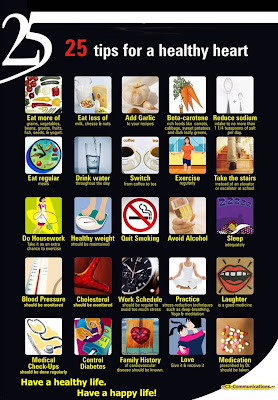Regular Stretching Program
Limber up your lower body by performing the figure-four stretch. It will stretch your hamstring and buttocks.
Follow these simple steps:
1. Lie face up the floor with knees bent and feet flat. Lift right foot and place outside of right ankle on left thigh, just above the knee pointing out.
2. Lifting left foot and bending hand to 90 degrees, place left hand back of left thigh and reach right hand between legs so both hands meet behind left thigh.
3. Inhale, then exhale as you straightens left leg, pulling the left thigh toward chest and keeping hips centered. You will feel the stretch in the right side of your buttocks and or left hamstrings.
4. Hold for a count of 10, breathing evenly, then slowly release and lower left foot to floor.
5. Repeat for a total of 3-4 times, and then switch legs.
Perform this move as part of a regular stretching program. Aim to stretch for a total of 5-10 minutes a day, 4-5 days a week or after you perform any type of activity.
 If you are experiencing hair loss it is important you act now and not wait until it becomes noticeable and start to affect the way you look and feel about yourself. Whether you are a male or female, few things will affect confidence and esteem like a noticeably balding head.
If you are experiencing hair loss it is important you act now and not wait until it becomes noticeable and start to affect the way you look and feel about yourself. Whether you are a male or female, few things will affect confidence and esteem like a noticeably balding head.















































